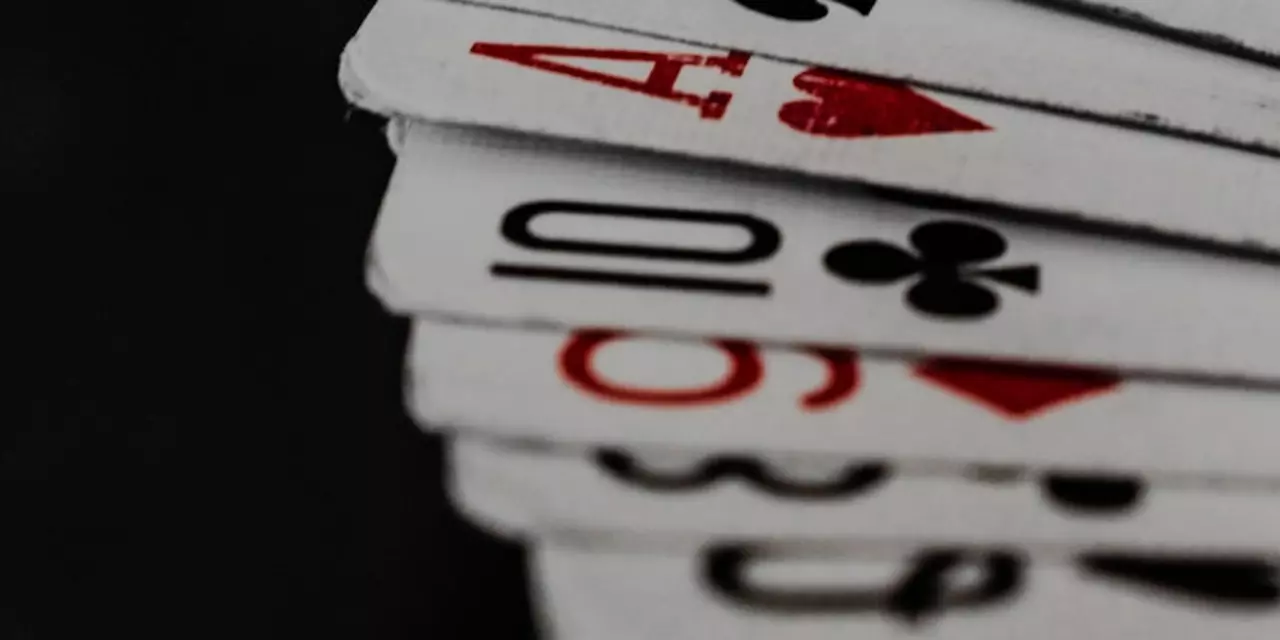Have you ever heard of a “string raise” in poker? If not, you’re not alone. A string raise is a rare move that can occur in live poker games, and it’s important to know what it is in order to play the game correctly. This article will explain what a string raise is and how it affects the game.
A string raise is an unusual move that can occur when a player has already made a raise, and then makes another raise without any pause or verbal confirmation. It’s a form of bluffing, as the other players may not be aware that the player has made two raises rather than one. This move is often used to give the appearance that the player has a strong hand, when in fact they may have a weaker hand.
The implications of a string raise depend on the game and the rules. In some games, the string raise is considered a single raise and the action is allowed to continue as normal. In other games, the string raise is considered two separate raises, and the second raise can be re-raised or the action can be ended. The house rules should be consulted in order to determine the specific rules for a given game.
When playing in a live poker game, it’s important to be aware of the potential for a string raise. If you suspect that a player has made a string raise, it’s important to be aware of the potential implications and adjust your strategy accordingly.
In poker, a string raise is a type of raise that is used to manipulate the betting action. This raise is usually made in a situation where the player is not sure if they have the best hand or if they have a strong enough hand to call. The player will make a small raise, usually less than the size of the pot, and then follow it up with a larger raise if the action calls for it. This type of raise is often seen in no-limit and pot-limit games, where players are trying to gain an edge over their opponents.
The pros of using a string raise in poker include the ability to gain information from your opponents and the potential to gain an edge in the pot. By making the smaller raise first, you can gain information from your opponents on how they are likely to respond. If they call, you can then make a larger raise in order to gain an edge in the pot. This can be especially useful when playing against opponents who are not experienced at reading your betting patterns.
The cons of using a string raise in poker include the risk of being re-raised or called by a stronger player. If you make the smaller raise first, you may be putting yourself in a position of weakness if your opponent re-raises. This can lead to you losing a large portion of your stack if you are not careful. Additionally, if you are called by a stronger player, you may be at a disadvantage because you will have to call a larger bet than you would have if you had just made the larger raise initially.
Overall, string raises can be a useful tool in poker if used correctly. They can help you gain an edge in the pot and gain information from your opponents. However, they can also be risky if used incorrectly and can lead to you losing a large portion of your stack if you are not careful.
A string raise is a popular tactic used in poker that involves a player raising after another player has already bet. It's important to note that this is a tactic in which one player raises another player's bet, not an increase in the size of the bet itself. The goal of a string raise is to gain information about the other players' hands by forcing them to call or fold. String raises can also be used to create an illusion of strength and help a player win the pot without having to show their cards.
In a typical string raise situation, the first player bets and the second player raises. However, the size of the raise does not actually have to be larger than the original bet. The goal of a string raise is to gain information from the other players, not to increase the size of the bet. If the original bet was small, the second player may opt for a smaller raise, which can still be effective in gaining information about the other players' hands.
String raises can also be used in a variety of situations, from bluffing to setting traps. When bluffing, the goal is to make the other players think that the player has a strong hand, even if they don't actually have one. When setting a trap, the goal is to get the other players to fold their hands, even if they have a strong hand. String raises can be used in both of these situations to gain an advantage.
String raises can be a powerful tool in the hands of a skilled poker player. By using string raises correctly, players can gain information about their opponents and increase the chances of winning the pot. However, it is important to remember that string raises are not foolproof and can backfire if used incorrectly. Knowing when and how to use string raises can be the difference between winning or losing a hand.

Written by Xander Whittaker
View all posts by: Xander Whittaker